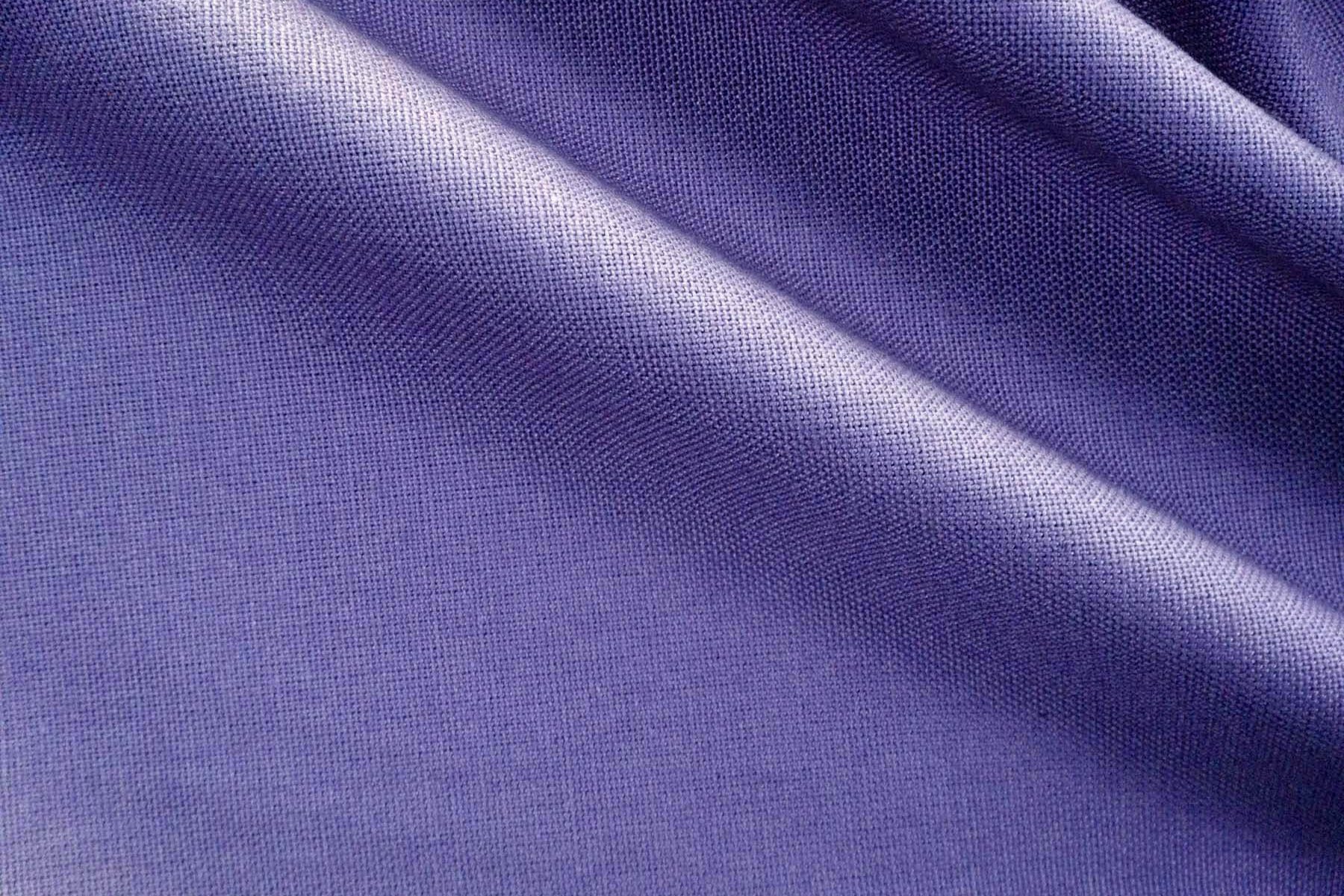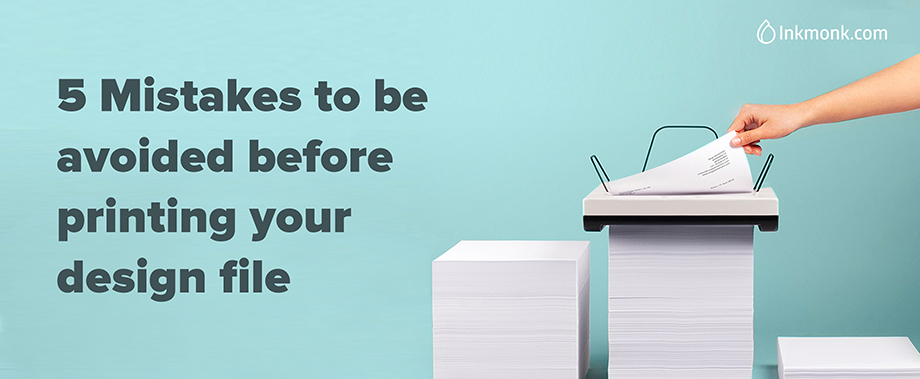Continue reading “Difference between Flyers and Leaflets…and Booklets, Pamphlets, and Brochures”
All you need to know about GSM

GSM stands for Grams per Square Metre and it is the metric measurement to check the weight of the fabric. GSM value is dependent on the kind of fabric – Cotton, wool, polyester etc. The fabric GSM is directly proportional to the thickness of the fabric. As the value of gsm increases, the thickness increases as well. GSM is not restricted to fabric alone. It is also used to measure the thickness of paper.
It is important to check the fabric GSM when you are about to buy a T-shirt for promotional purposes or fests or as a uniform for your store. A good T-shirt can range from 160-180 GSM, whereas a collared T-shirt ranges from 180-200 GSM. One cannot judge the quality of the T-shirt with GSM alone. Quality is subjective to factors like the type of cotton, the mix – cotton with polycotton etc., type of knit and also includes the kind of fabric needed according to the seasons. T-shirts are made with combed cotton, which has no small strands of cotton and is made with straightened fibres which makes the fabric smooth, soft and strong.
A summer T-shirt ranges from 130-150 GSM. A cheap promotional T-shirt which is worn only for a few times can be of 100-110 GSM. Hoodies and sweatshirts can range between 300-400 GSM. The higher the GSM, the longer the T-shirt will last, given the number of washes. The price of the fabric also increases with the GSM. The higher the GSM, more amount of raw materials goes into making the fabric – spinning and sewing.
Be sure to check for GSM, before you order your t-shirts. Visit https://inkmonk.com/ to order your products.
5 Mistakes to be avoided before printing your design file
When designing for print, you need to consider many factors because there is no ‘Undo’ option once that delivery box arrives.
But don’t panic! In this article, we’ll walk through a handy checklist of the principal things you need to think about when preparing your work for print.
It’s good to have ’BLEED’
I know how the heading sounds, let me put it straight. Bleed is the area that is going to be cut off by the cutting machine, When you are designing, you should make sure that your background image/background color is extended into the bleed area – beyond the cutting line. So when it is cut you will not have any white trims on the edge of the design.
Go for CMYK
Can colors be a problem? In printing, they can be. To avoid color issues, first, make sure your files are converted to CMYK. Do not use RGB colors or Pantone. Despite seeing no differences on screen, the printing difference can become drastic and it can make or break your design!
This how you can change your color mode
 In Adobe Photoshop
In Adobe Photoshop
1. Open new File
2. Set the size of your image
3. Select “CMYK Color” from the Color Mode drop-down menu.
In Adobe Illustrator
1. open a new file
2. If Advanced Options are not visible, click the arrow next to “Advanced” at the bottom of the window
3. For Color Mode, select CMYK
Typography matters
I understand wanting to get as much information on your design as possible, but no one is going to read your content if the font is too small.

- As a rule, you will want to avoid using the font size smaller than 8pt for print (smaller will be unreadable in print).
- Use 16-18 point font size for commercial print as this is easily readable by all types of audiences.
- Limit the number of fonts you use in one design. Try to communicate as much information with images.
- Avoid fonts that feature fine lines, as they easily disappear depending on factors like font size and background color.
Increase the Resolution

Low-resolution images produce blurry, pixelated print results. High-resolution graphics, by contrast, will look sharp and crystal clear when you go to printing. The biggest differentiation between the two entities is PPI, also known as pixels per inch.
300 DPI resolution is the ideal one. 300 DPI is usually enough, except in rare cases where you need to print a high density image which is to be viewed at a close viewing distance, in which case it might need to be higher than 300 DPI sometimes.
Rasterize your text
If you send a layered PDF or PSD file to someone with the text layer in its’ original state, and they do not have the font, it could drastically alter the appearance of the image.
Fortunately, you can learn how to convert a text layer to an image in Photoshop CS5.
• Open the file containing the text layer that you want to convert to an image.
• Click the desired text layer from the Layers panel at the right side of the window.
• If your Layers panel is not visible, press the F7 key on your keyboard.
• Right-click the layer, then choose the Rasterize Type option.
There are other factors like cracking, borders, banding etc., which should be taken care of. If you use the above list as a checklist for your print projects, you’re going to create professional-standard, error-free print documents that will make your printer very happy!





